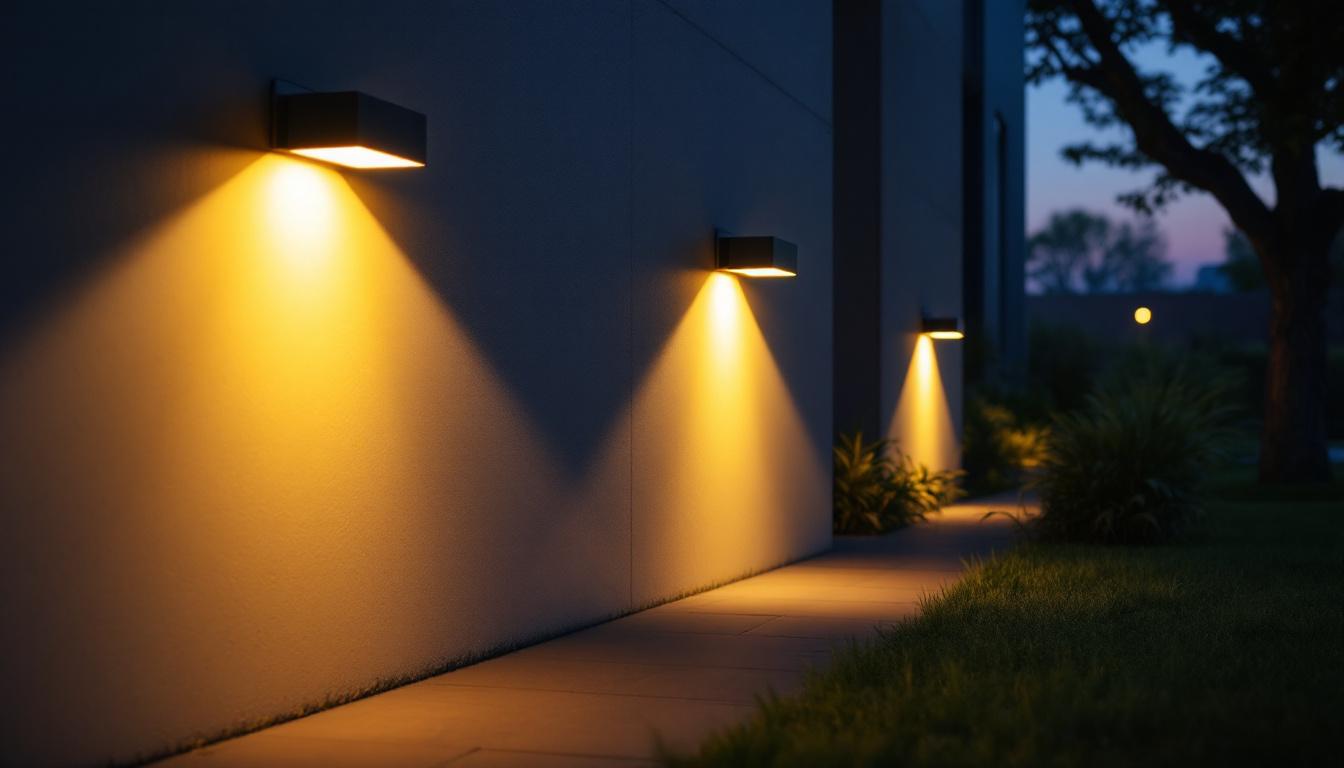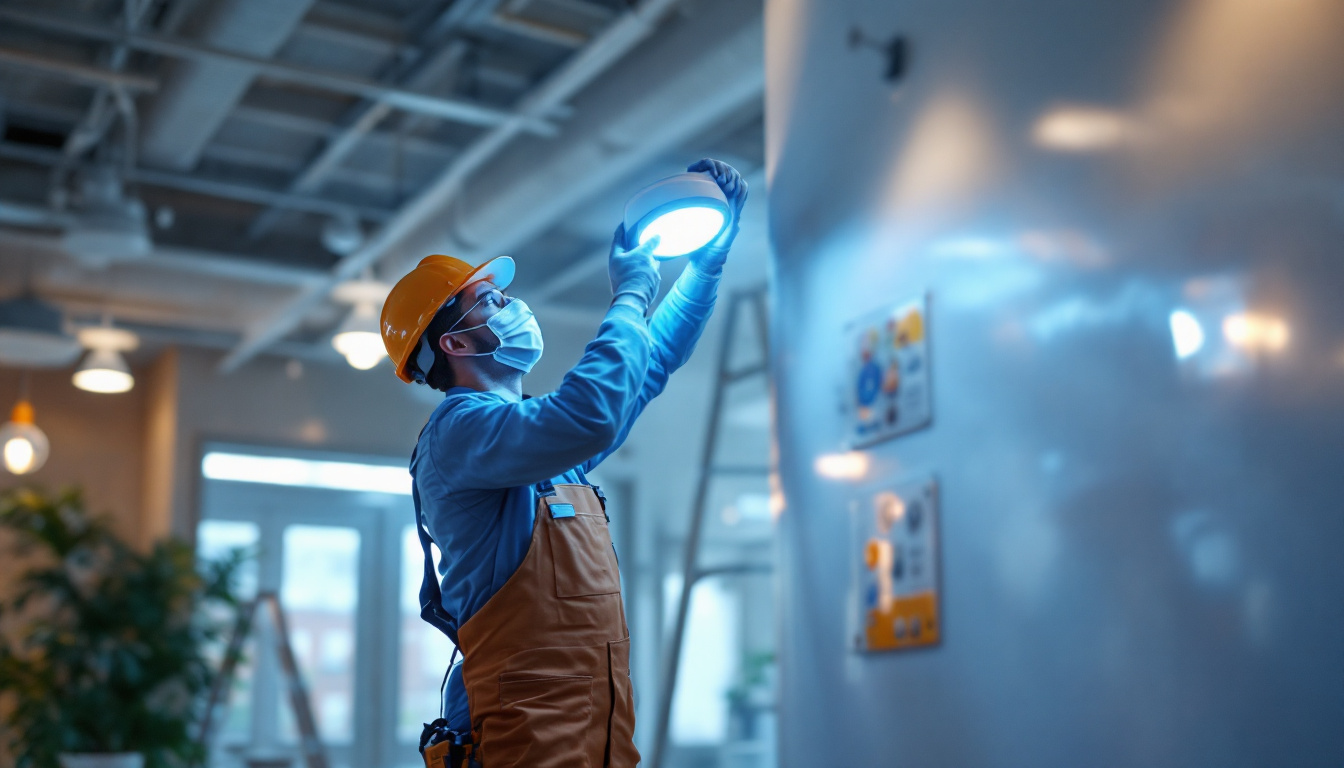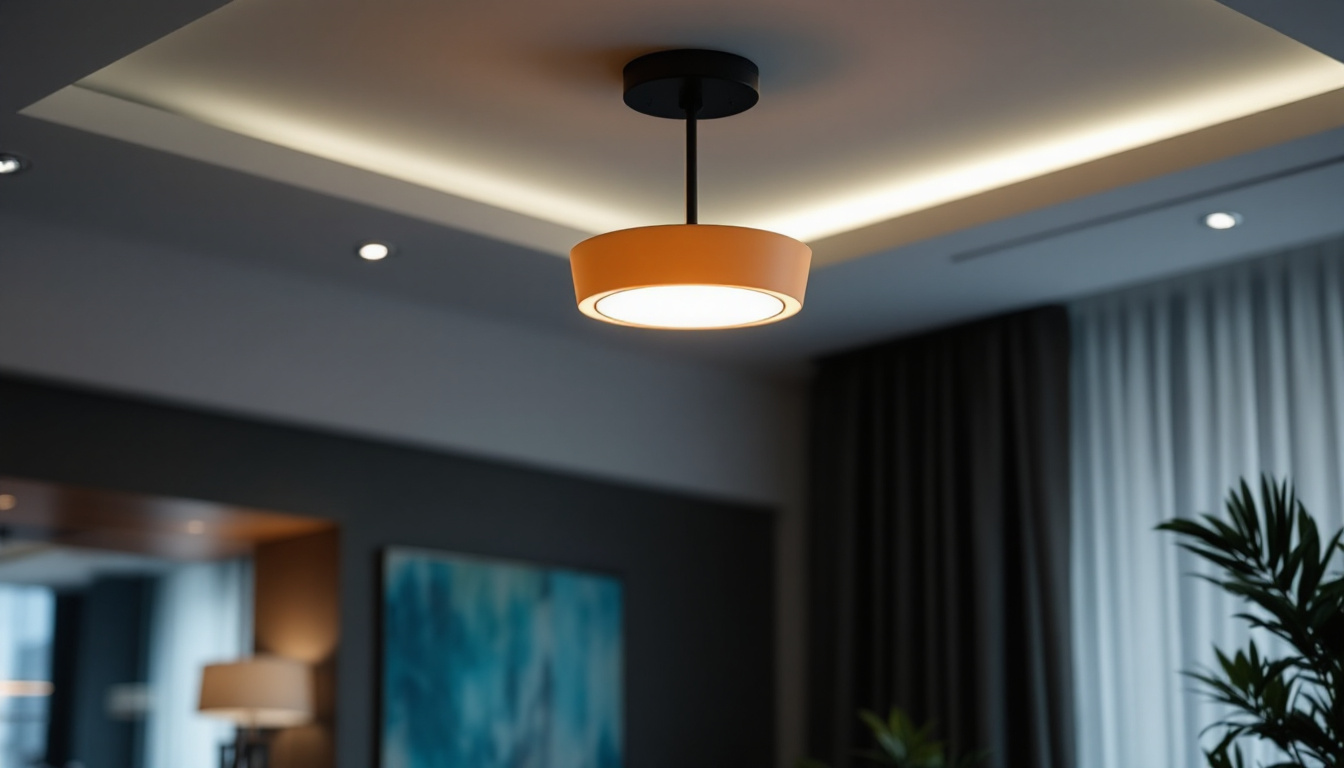
In the realm of outdoor lighting, motion-sensored lights have emerged as a popular choice among homeowners and businesses alike. These innovative fixtures not only enhance security but also improve energy efficiency by illuminating areas only when needed. However, for lighting contractors, the installation and integration of these systems can present unique challenges. This guide aims to explore common pitfalls and provide insights to ensure successful installations of motion-sensored lights outdoors.
Before diving into the intricacies of installation, it is essential to grasp the fundamental aspects of motion-sensored lights. These fixtures utilize sensors to detect movement within a specified range, activating the light when motion is detected. This technology can be beneficial in various applications, from residential properties to commercial spaces. Moreover, the integration of motion-sensored lights into smart home systems has revolutionized the way we interact with our living environments, allowing for remote control and customization through mobile apps.
There are primarily two types of motion sensors used in outdoor lighting: passive infrared (PIR) sensors and microwave sensors. PIR sensors detect heat emitted by objects, making them effective for detecting human movement. On the other hand, microwave sensors emit microwave signals and can detect movement through walls and other obstacles, offering a broader detection range. The choice between these sensors often depends on the specific needs of the installation area, such as the presence of pets or the layout of the space.
Understanding the differences between these sensor types is crucial for selecting the right product for specific applications. For instance, PIR sensors are typically more cost-effective and widely used in residential settings, while microwave sensors may be more suitable for larger commercial areas where comprehensive coverage is necessary. Additionally, some advanced models combine both technologies, providing enhanced accuracy and reducing the likelihood of false alarms, which can be particularly beneficial in busy environments.
The advantages of motion-sensored lights extend beyond mere convenience. They significantly enhance security by illuminating dark areas, deterring potential intruders. Additionally, these lights contribute to energy savings, as they only activate when necessary, reducing electricity consumption. For contractors, promoting these benefits can help clients appreciate the value of investing in motion-sensored lighting solutions. Furthermore, the installation of these lights can improve safety around properties, as they provide instant visibility in areas where accidents are more likely to occur, such as driveways and walkways.
Moreover, motion-sensored lights can also be programmed to work in tandem with other smart devices, creating a cohesive and automated lighting system. For example, they can be set to turn on when a door is opened or when a security camera detects movement. This level of integration not only enhances the functionality of the lights but also contributes to a more sophisticated home security system. As technology continues to advance, the potential applications and benefits of motion-sensored lights are likely to expand, making them an increasingly valuable addition to both residential and commercial properties.
While the benefits of motion-sensored lights are clear, the installation process can be fraught with challenges. Understanding these pitfalls can help contractors navigate potential issues and ensure a smooth installation experience.
One of the most common mistakes made during installation is improper sensor placement. Sensors should be positioned to maximize their effectiveness, considering factors such as the area to be illuminated, potential obstructions, and the sensor’s detection range. Installing a sensor too high or too low can lead to reduced sensitivity, resulting in missed motion detection.
Contractors should conduct a thorough assessment of the site before installation, identifying key areas where motion detection is critical. Additionally, testing the sensor’s range and adjusting its angle during installation can help ensure optimal performance. It’s also beneficial to simulate different scenarios, such as varying foot traffic patterns or the presence of pets, to gauge how the sensor responds. This proactive approach can save time and resources by minimizing the need for adjustments post-installation.
Outdoor environments can be unpredictable, and various factors can affect the performance of motion-sensored lights. Weather conditions, such as heavy rain or snow, can impact sensor functionality. Furthermore, environmental elements like trees, shrubs, or fences may obstruct the sensor’s line of sight, leading to false triggers or missed detections.
Contractors should consider these factors when selecting the type of sensor and its placement. For instance, using a sensor with adjustable sensitivity can help mitigate issues caused by environmental changes. Additionally, regular maintenance checks can ensure that the sensors remain unobstructed and functional. It’s also important to educate clients on the potential impacts of seasonal changes, such as foliage growth in spring or snow accumulation in winter, which may necessitate periodic re-evaluation of sensor positioning and performance.
Another critical aspect of installation involves the wiring and power supply for motion-sensored lights. Inadequate wiring can lead to power issues, resulting in flickering lights or complete failure of the system. Contractors must ensure that the wiring is appropriate for the specific lights being installed and that it complies with local electrical codes.
Moreover, considering the power source is essential. For instance, solar-powered motion-sensored lights can be an excellent option for remote areas, but they may require specific installation techniques to ensure optimal performance. Understanding the power requirements and ensuring proper connections can prevent future complications. Additionally, contractors should inform clients about the benefits of battery backup systems for wired installations, which can provide an extra layer of reliability during power outages. This comprehensive approach to wiring and power supply not only enhances the functionality of the lighting system but also boosts customer satisfaction by ensuring a dependable solution for their lighting needs.
Selecting the appropriate motion-sensored lights is crucial for a successful installation. With a myriad of options available on the market, contractors must be discerning in their choices to meet client needs effectively.
Not all motion-sensored lights are created equal. Evaluating product quality is essential to ensure durability and reliability. Contractors should consider reputable brands known for their high-quality products, as well as read reviews and seek recommendations from peers in the industry.
Additionally, understanding the warranty and support options offered by manufacturers can provide peace of mind for both contractors and clients. Investing in quality products can lead to fewer service calls and increased customer satisfaction in the long run.
While functionality is paramount, aesthetics should not be overlooked. Motion-sensored lights come in various designs and finishes, allowing contractors to choose options that complement the architecture and landscaping of the property. A well-designed lighting solution can enhance the overall appeal of a home or business.
Contractors should engage clients in discussions about their preferences and the desired look of the outdoor space. Offering a range of options can help clients feel involved in the decision-making process, leading to a more satisfactory outcome.
To avoid common pitfalls and ensure successful installations, contractors should adhere to best practices throughout the process. Following these guidelines can streamline operations and enhance the overall quality of work.
Before beginning any installation, conducting a comprehensive site assessment is crucial. This assessment should include evaluating the layout of the property, identifying potential obstacles, and determining the best locations for sensor placement. Engaging with the client during this process can also provide valuable insights into their specific needs and preferences.
Taking the time to assess the site thoroughly can prevent issues during installation and ensure that the motion-sensored lights function as intended once operational.
After installation, testing the functionality of the motion-sensored lights is an essential step. This includes checking the sensor’s detection range, sensitivity settings, and ensuring that the lights activate as expected. Conducting these tests before finalizing the installation allows contractors to make necessary adjustments and address any issues promptly.
Encouraging clients to participate in the testing process can also foster trust and satisfaction, as they can see firsthand how the system operates and provide feedback on any adjustments they may desire.
Once the installation is complete, ongoing maintenance and support are vital for ensuring the longevity and effectiveness of motion-sensored lights. Contractors should provide clients with clear guidelines on maintenance practices and offer support for any future issues that may arise.
Educating clients on how to maintain their motion-sensored lights can significantly extend the lifespan of the fixtures. Simple tasks such as cleaning the sensors, checking for obstructions, and replacing bulbs when necessary can prevent common issues and ensure optimal performance.
Contractors should create a maintenance schedule that clients can follow, outlining specific tasks to be completed at regular intervals. This proactive approach can help clients feel empowered and knowledgeable about their lighting systems.
Establishing a relationship with clients that extends beyond the initial installation can lead to repeat business and referrals. Offering ongoing support, such as troubleshooting assistance and service contracts for regular maintenance, can enhance client satisfaction and loyalty.
By being available for questions and concerns, contractors can build trust and demonstrate their commitment to quality service, ultimately leading to a positive reputation in the industry.
Motion-sensored lights are a valuable addition to outdoor lighting systems, providing security and energy efficiency. However, successful installation requires careful consideration of various factors, from sensor placement to product selection. By understanding common pitfalls and adhering to best practices, lighting contractors can ensure that their installations meet client expectations and function effectively over time.
Ultimately, the key to success lies in thorough planning, quality product selection, and ongoing support. By prioritizing these elements, contractors can enhance their reputation and deliver exceptional lighting solutions that stand the test of time.
Ready to elevate your outdoor lighting installations with the best motion-sensored lights on the market? Look no further than LumenWholesale, where we provide contractors with superior, spec-grade lighting solutions at unbeatable wholesale prices. Our commitment to quality and affordability ensures that you can deliver top-notch, reliable lighting to your clients without the burden of inflated costs. Plus, with the convenience of free shipping on bulk orders, you can stock up on all the lighting essentials you need without any hidden fees. Don’t let middleman markups dim your project’s potential. Choose LumenWholesale for the perfect blend of quality, value, and convenience. Explore our wholesale lighting selection now and secure the best value for your next installation.

Discover the science behind UVC sanitizer lights and their transformative impact on the lighting industry.

Discover best practices for LED fluorescent tube lamps in this lighting contractors’ edition.

Discover essential resources and expert tips from top lighting contractors to master the art of ceiling mounted fixtures.

Explore the revolutionary impact of 450-lumen technology in the lighting industry.